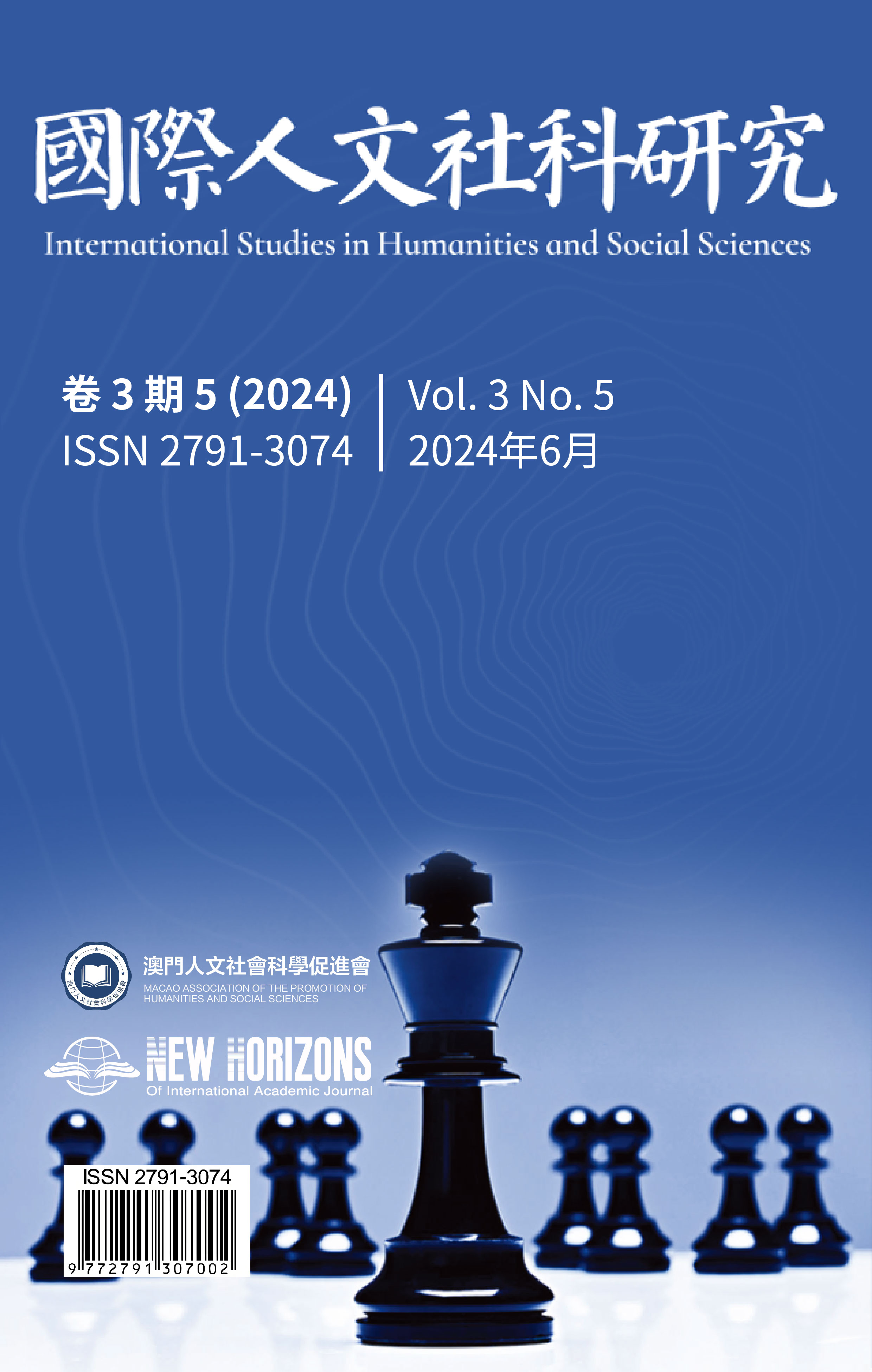Statutory Co-operation Mechanisms for Cross-Border Insolvencies in England and America
DOI:
https://doi.org/10.63944/zm3mp069Keywords:
Custodian;Foreign Bankruptcy Proceedings;Transnational Bankruptcy Assistance;Section 426; Section 304Abstract
This paper reviews and compares the legal systems of the United Kingdom and the United States regarding the recognition of transnational insolvency. First, the English courts’ application of section 426 of the Insolvency Act 1986 is examined. The approach provides that the English court should assist the foreign court in the insolvency matter. The authors suggest that courts should use a variety of rational tests to decide whether to grant the application of foreign law. Second, the author comments on the application of Section 304 of the U.S. Bankruptcy Code by U.S. courts. It provides that the court may extend its assistance in foreign insolvency proceedings by weighing six factors. This article points out that over the past decade or so, Section 304 has been used at a low rate, primarily in support of protectionists. However, it is now recognized by most people in advance. Finally, after comparing the bankruptcy cooperation systems of the United Kingdom and the United States, the author concludes that in practice, the standards for approving foreign bankruptcy petitions are very similar in the two countries. Therefore, the author hopes that this information will help practicing lawyers to consider the selective application of insolvency laws around the world. At the same time, it is also hoped that further theoretical discussion will be sparked on how to choose a good model for cross-border insolvency.










